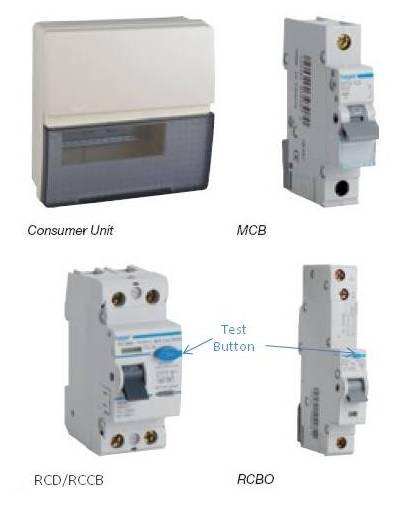Baffled.
Wall lamp, single 25W incandescent bulb.
Controlled through nearby wall switch, one-way, not a dimmer.
Been working OK for months.
Switched it on one evening, bulb gave a little flash, then nothing.
New bulb. Nothing at all. Dead.
Checked new and old bulb, both OK.
Yesterday, looked at switch, continuity OK. Took it off wall, had a good look, it's OK. Nevertheless, put in another switch, also OK, still no light.
Checked the power at the feed wire - 99V (ninety-nine volts).
What????
Checked another light, different circuit but same j-box, 230V, so meter is OK.
Checked again, now I have 230V at the wall light, so I put the bulb back in. Flash, then nothing. Checked the bulb, still OK.
Arrrgh.
I find that if I leave the light half an hour or so, it goes Flash, then nothing. If I switch it again immediately, no flash no nothing. If I leave it half an hour, I can get one flash.
The voltage at the light is either nothing, or 99V, or 230V.
Nothing else in the house wiring had changed when this malarkey began.
All the other lights in the room and elsewhere in the house work normally.
Have RCDs, they're not tripped when the light works or doesn't.
Can't rewire the light because the room's all decorated, and anyway the wiring is not old.
Baffled. Any ideas please?
Wall lamp, single 25W incandescent bulb.
Controlled through nearby wall switch, one-way, not a dimmer.
Been working OK for months.
Switched it on one evening, bulb gave a little flash, then nothing.
New bulb. Nothing at all. Dead.
Checked new and old bulb, both OK.
Yesterday, looked at switch, continuity OK. Took it off wall, had a good look, it's OK. Nevertheless, put in another switch, also OK, still no light.
Checked the power at the feed wire - 99V (ninety-nine volts).
What????
Checked another light, different circuit but same j-box, 230V, so meter is OK.
Checked again, now I have 230V at the wall light, so I put the bulb back in. Flash, then nothing. Checked the bulb, still OK.
Arrrgh.
I find that if I leave the light half an hour or so, it goes Flash, then nothing. If I switch it again immediately, no flash no nothing. If I leave it half an hour, I can get one flash.
The voltage at the light is either nothing, or 99V, or 230V.
Nothing else in the house wiring had changed when this malarkey began.
All the other lights in the room and elsewhere in the house work normally.
Have RCDs, they're not tripped when the light works or doesn't.
Can't rewire the light because the room's all decorated, and anyway the wiring is not old.
Baffled. Any ideas please?



